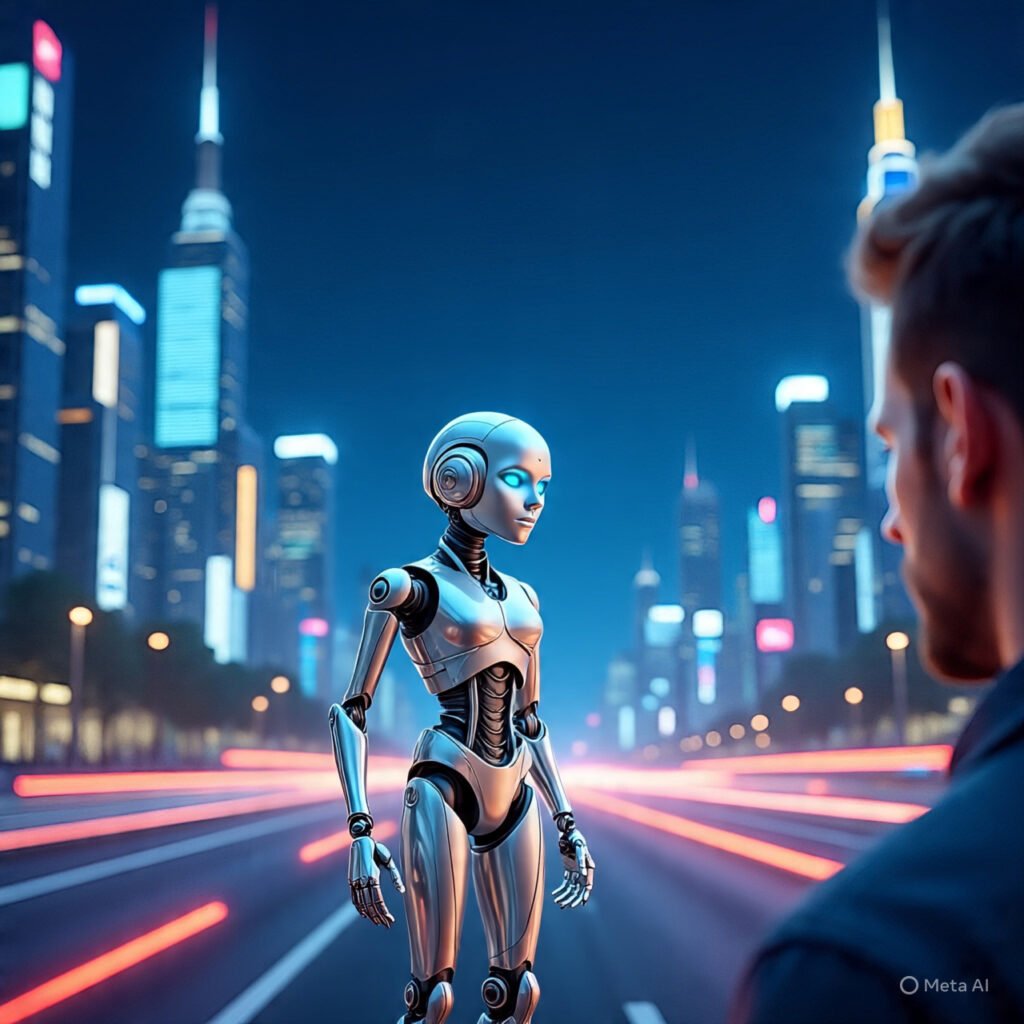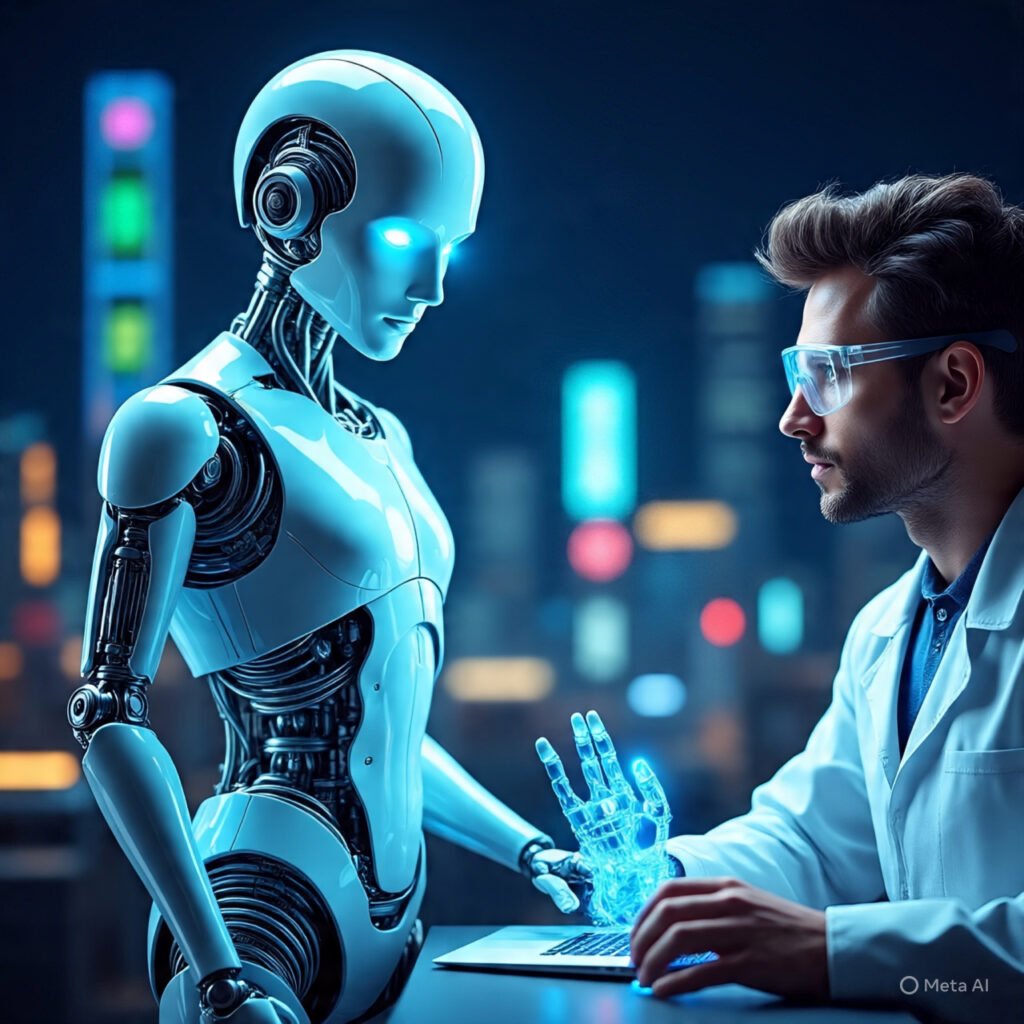Artificial Intelligence: The Driving Force Behind Modern Robotics
Artificial Intelligence (AI) is no longer a futuristic fantasy—it’s here, evolving fast, and playing a central role in how we design, build, and interact with robots. Whether it’s self-driving cars, robotic arms in factories, or intelligent assistants in our homes, AI is powering the next generation of robotics and transforming industries across the globe.
In this article, we’ll explore how AI is used in robotics, real-world applications, its impact on industries, challenges, and what the future holds. If you’re based in Saudi Arabia or the MENA region and passionate about robotics, this guide is for you.

What is Artificial Intelligence?
At its core, Artificial Intelligence refers to the ability of machines to perform tasks that typically require human intelligence. This includes problem-solving, learning, understanding language, recognizing images, and even decision-making. When combined with robotics, AI allows machines to perceive their environment, make decisions, and act accordingly—without human intervention.
AI + Robotics: A Powerful Combination
Robotics involves building physical machines, while AI gives those machines the brains to perform intelligent tasks. Together, they enable robots to do more than just follow a fixed set of instructions. Here’s how AI enhances robotics:
1. Perception
AI helps robots “see” and interpret their surroundings using cameras, sensors, and machine learning algorithms. This allows them to:
- Detect objects
- Recognize faces or emotions
- Read barcodes or signs
- Navigate spaces autonomously
2. Decision-Making
With AI, robots can analyze situations and make decisions on the fly. For example, a delivery robot can decide which path to take to avoid obstacles or traffic.
3. Learning and Adaptation
Thanks to machine learning, robots can learn from their mistakes and improve over time. This is critical in complex environments like healthcare, logistics, and customer service.
4. Natural Language Processing (NLP)
AI-powered robots can understand and respond to human language. Virtual assistants like Siri, Alexa, and customer service bots are all examples of this in action.
Real-World Applications of AI in Robotics
Let’s look at how AI-driven robots are being used in various industries:
1. Healthcare
AI-powered surgical robots are assisting doctors with high-precision procedures. Robots also help in rehabilitation, elder care, and even in delivering medicine in hospitals.
Example: In some Saudi hospitals, AI robots are used for temperature screening, sanitation, and contactless delivery of supplies.
2. Manufacturing
Smart robots are revolutionizing factories through automation. They can inspect products, move items, assemble parts, and even work collaboratively with humans (known as cobots).
3. Agriculture
AI robots help in precision farming—detecting weeds, planting seeds, and monitoring crop health using drone imagery and sensors.
4. Logistics and Warehousing
From Amazon’s AI-powered fulfillment centers to autonomous delivery robots, logistics is being transformed by intelligent automation.
5. Hospitality and Customer Service
In hotels, robots can check in guests, deliver room service, or answer basic questions. They’re becoming more common in airports, malls, and events across Saudi Arabia and the Gulf region.
6. Education
AI robots are being used as teaching assistants, helping children with STEM education or even teaching programming and robotics through interactive sessions.

AI and Robotics in Saudi Arabia
Saudi Arabia is investing heavily in AI and robotics as part of its Vision 2030 strategy. The goal is to diversify the economy and become a global leader in emerging technologies.
Key initiatives:
- NEOM: The $500 billion smart city project aims to be a hub for AI, robotics, and futuristic technologies.
- King Abdulaziz City for Science and Technology (KACST): Supports research and innovation in AI.
- National Strategy for Data & AI (NSDAI): Aims to position Saudi Arabia as a leader in AI by 2030.
The launch of humanoid robot Sophia receiving Saudi citizenship in 2017 was symbolic of the country’s bold ambitions in AI.
Benefits of AI in Robotics
- Increased Efficiency
AI robots can operate 24/7 without fatigue, reducing downtime and human error. - Cost Savings
Although the initial investment can be high, AI-driven automation often results in long-term cost savings through higher productivity. - Improved Safety
Robots can perform dangerous tasks like mining, bomb disposal, or operating in infectious environments, protecting human workers. - Better Customer Experience
From AI chatbots to service robots, customer interaction is faster, more personalized, and available round-the-clock.
Challenges of AI in Robotics
While the potential is vast, there are also significant challenges:
1. Ethical Concerns
- Should robots replace humans in certain jobs?
- How do we ensure AI doesn’t discriminate or make biased decisions?
- Who is responsible if a robot makes a mistake?
2. Job Displacement
Automation can lead to job losses in certain sectors, especially repetitive and manual labor.
3. Technical Limitations
Even with advanced AI, robots can still struggle in unpredictable environments. Robust AI models need massive data and training to function well.
4. Privacy and Security
AI robots often rely on cameras, microphones, and cloud data. If not managed securely, this raises serious privacy risks.
What the Future Holds
The next wave of AI and robotics will be even more powerful and integrated. Here’s what we can expect:
- More Human-like Robots: Robots with better emotional understanding, gestures, and natural language processing.
- Swarm Robotics: Teams of small AI-powered robots working together—useful in agriculture, search-and-rescue, or military applications.
- Edge AI: More robots will process data locally (on the device) rather than depending on cloud services, making them faster and more secure.
- Wider Accessibility: AI robotics will become more affordable, helping small businesses and schools adopt these technologies.
Final Thoughts
Artificial Intelligence is redefining what’s possible in robotics. From automating industries to improving our daily lives, the AI-robotics combination is a game-changer—and Saudi Arabia is at the forefront of this revolution.
At Robotics.sa, our mission is to share insights, news, and innovations from the world of robotics and AI, especially those shaping the future of the Kingdom and the wider region.
If you’re passionate about robotics, whether you’re a student, engineer, investor, or tech enthusiast, now is the perfect time to get involved. The future is being built today—with AI as the engine and robotics as the vehicle.



